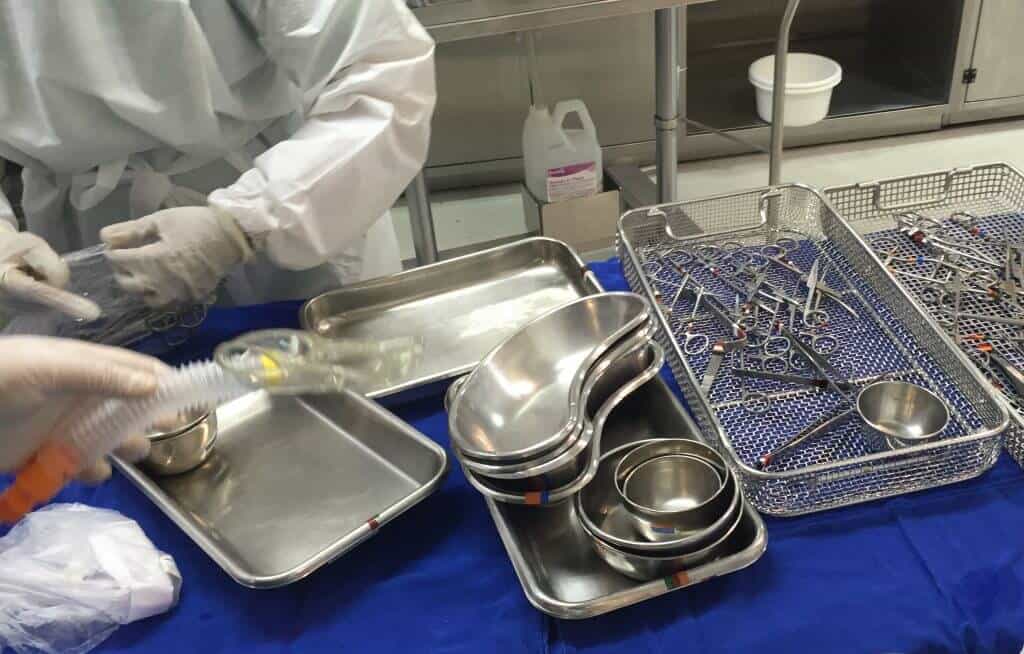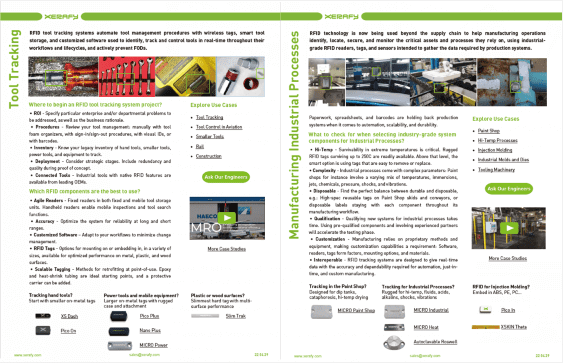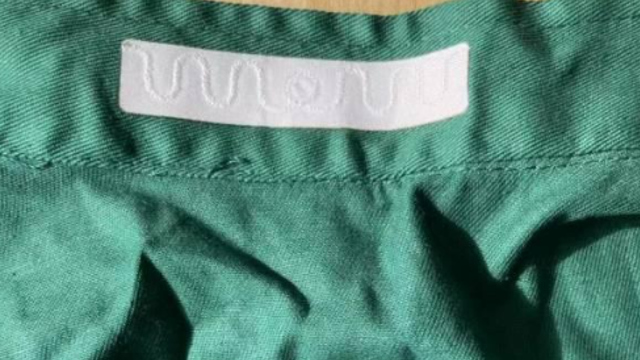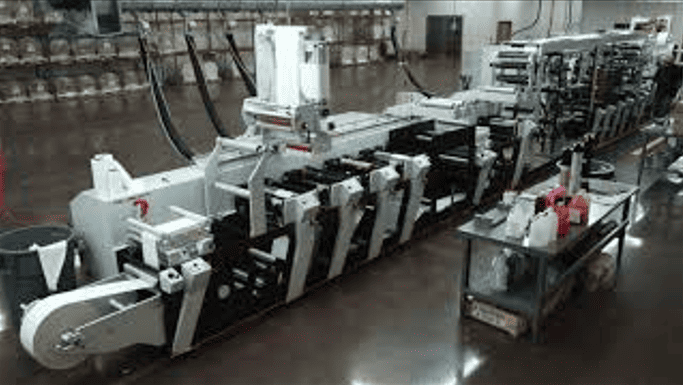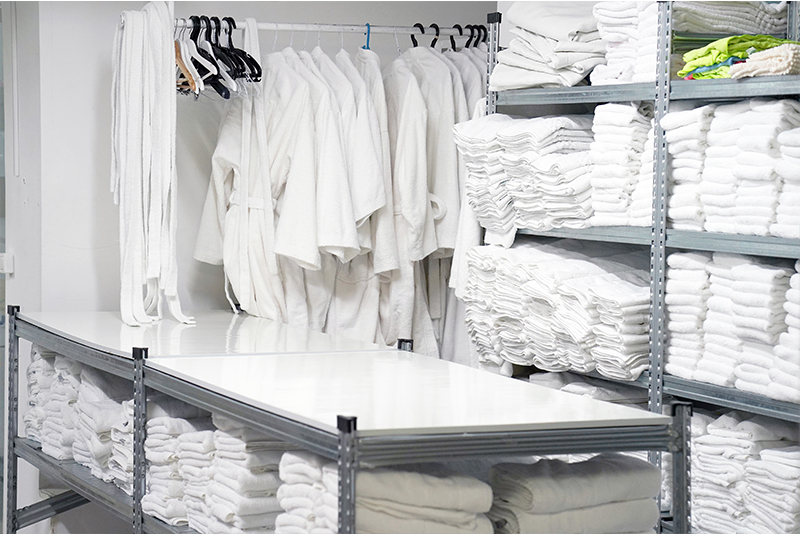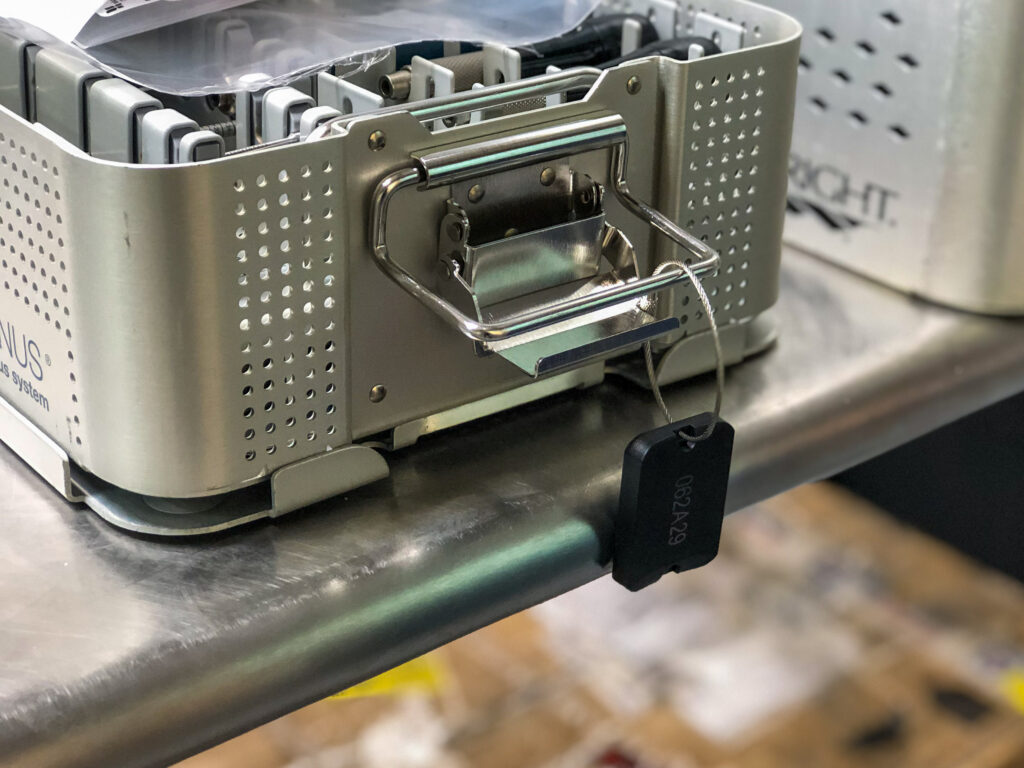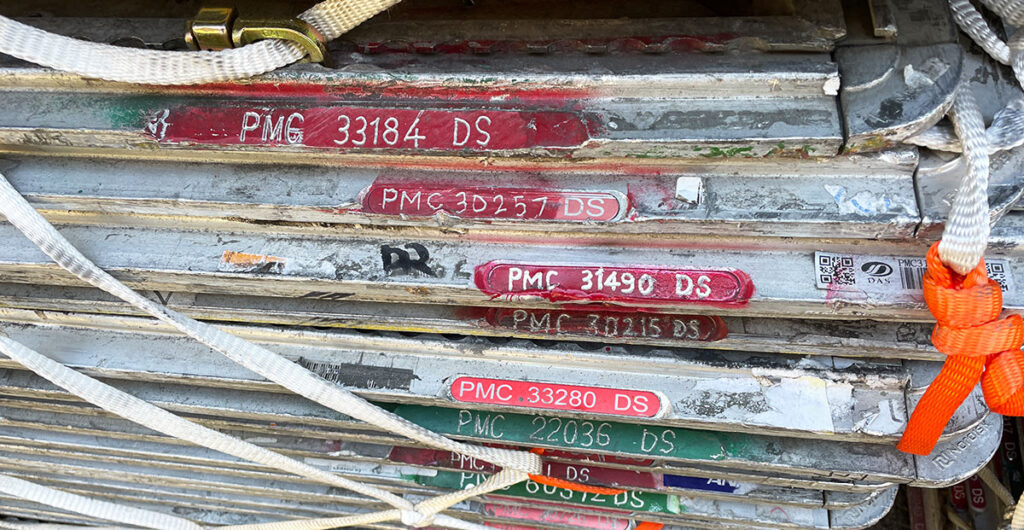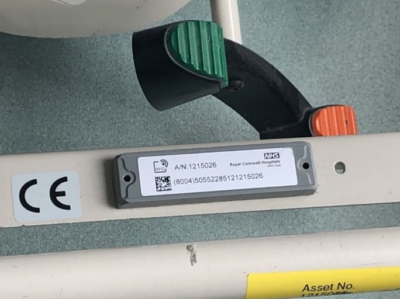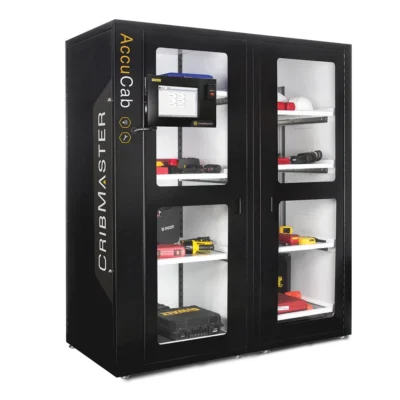Berlin Charité Hospital, Germany

The cost of manual surgical instrument management was a primary driver for Charité-Universitätsmedizin Berlin, recognized as Germany’s best hospital.
The time and cost of tracking 300,000 surgical instruments were growing at an unsustainable rate. In order to properly service and document instrument lifecycles, the institution needed a technology that could bypass the identification and reading limitation inherent in contaminated instruments, while ensuring seamless tracking operations in the SPD department both before and during sterilization.
In 2016, the Charité began deploying Xerafy’s autoclavable RFID tags to track instruments. Any doubts staff had about the ability of the tags to function through multiple sterilizations were quickly put to rest through rigorous pre-deployment testing.
“We were able to test all the treatment processes that were used throughout the usual life cycle in test scenarios. There were no problems.” – Sadmir Oasmancevic, Head of CSSD
The tags’ performance was established over 1,000 sterilization cycles, including exposure to chemicals, mechanical stress during transport, and material expansion during high temperatures. The biocompatible glue used to adhere the tags to the instruments withstands contact with blood-, saline- and iodine-containing substances.
Most importantly, the usability of the retrofitted surgical instruments was not impaired, and suppliers were able to confirm the instruments still met existing certifications.

Ixtapaluca HRAEI Hospital, Mexico

At HRAEI Regional Specialty Hospital of Ixtapaluca in Mexico, surgical counts often resulted in miscounts or missing assets. The 246-bed facility with 13 surgical rooms serves a community of five million people.
“We urgently needed a solution for the high cost of managing our surgical instruments and operation workflow.” – Jorge Mario Lopez Arango, General Manager

What’s more, the sterilization procedures in place involved the use of sandblasting to remove deposits from instruments because of the high mineral content of the local water supply. HRAEI deployed Xerafy’s autoclavable XS tags after performing extensive tests throughout 1,000 autoclave cycles and reached 97% of the surgical tools in use tracked using RFID.
The staff uses handheld RFID readers to scan the tags and communicate the data to Android tablets during sterilization, during the building of surgical kids, and prior to each operating room procedure.
The instruments are counted within seconds while remaining in their sterile packaging. This has saved time and reduced the risk of infection.

Columbia University, United States

A shift in sterilization processes led Columbia University’s College of Dental Medicine to an RFID tracking solution.
One of the country’s leading dental schools, Columbia shifted from student-owned to school-owned instruments in order to centralize management and sterilization. That meant the school was now responsible for processing as many as 300 instrument kits daily.
The school needed a reliable, cost-effective solution to improve patient safety by ensuring proper sterilization procedures were followed, and to better manage dental instruments for its students. The solution had to be durable, work on steel instruments, be compact enough to tag very small items, and still overcome the limitations of manual barcode scanning.
Using a mix of Xerafy Pico, XS, and Slim Trak tags, the school has tagged more than 20,000 dental instruments and 1,700 instrument kits.
“Using RFID, we will be able to prove that an item went into an autoclave for a certain amount of time and at a certain temperature.” – Phil Jennette, Assistant Director of Special Projects
The school has been able to maintain accurate sterilization data for each instrument and cassette. Strategically positioned automated readers alert staff and prevent cassettes with missing instruments or instruments that have not been properly sterilized from being used, while automating maintenance and sharpening schedules.
“This type of technology allows for complete and accurate tracking of each instrument we use from the time it is dispensed through its utilization, processing, sterilization and return to storage.” – Steven M. Erde, PhD, MD, Chief Information Officer

Copenhagen Rigshospitalet, Denmark
“RFID UHF technology provides unparalleled speed and accuracy advantages compared to barcode and other RFID technologies for tracking surgical instruments.” – Dr. Henrik Eriksen, Project Director

Labor savings were at the forefront of an RFID pilot test at Rigshospitalet Copenhagen in Denmark, where using RFID for instrument tracking could save 31,000 hours per year in unnecessary time spent manual tracking assets.
Rigshospitalet performs some 75,000 surgeries annually and wanted to free up time for better treatment and service to patients while optimizing workflows in its central sterile supply departments (CSSD) and surgical theaters.
They needed RFID tags small enough to use on surgical instruments, but still reliable enough to provide a good read range on metal devices.
Using Xerafy’s tags, Rigshospital became the first in the world to pilot UHF RFID for surgical instrument tracking, tracking, and tracing all functions related to surgical instruments – from the operating room to cleaning and storage – with a single system.
Using the solution, up to 80 instruments can be counted at once, in seconds, with full accuracy.
The tags not only perform well on the metal instruments, but can withstand more than 1,000 autoclave processes, including exposure to high temperatures, harsh chemicals, and pressure. The tags are also small enough that they do not affect the balance of the instruments or how surgeons use them.

Xerafy is a pioneer in Industrial RFID, bringing to market several innovations that enable advanced industrial identification and automation capabilities.
In addition to a complete range of field-proven RFID tags available off-the-shelf, Xerafy offers Custom RFID Tags services, covering everything from a personalization service bureau to custom-design engineering capabilities.
